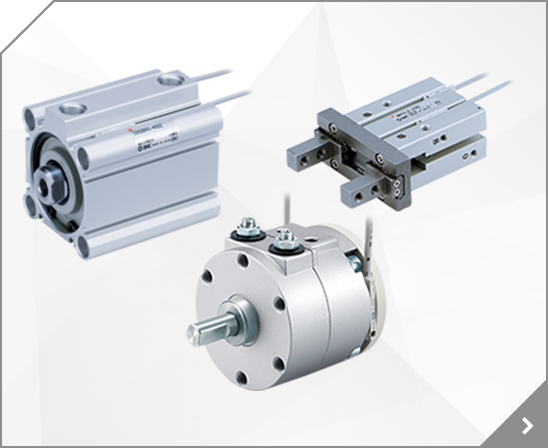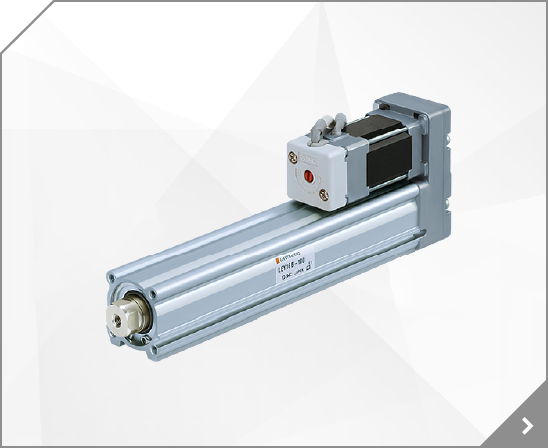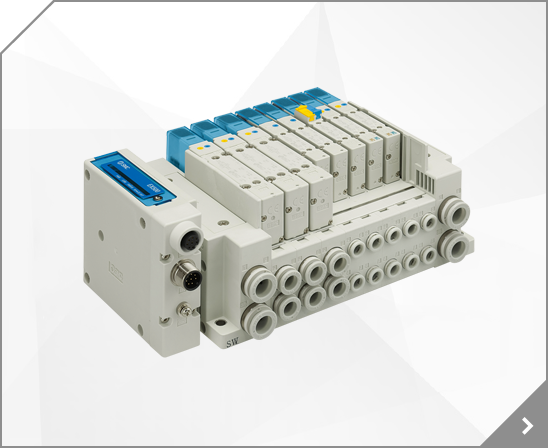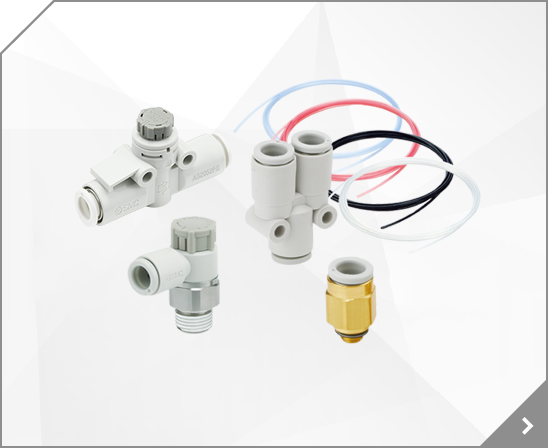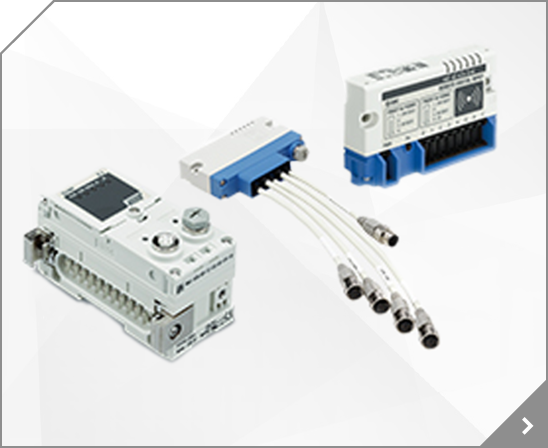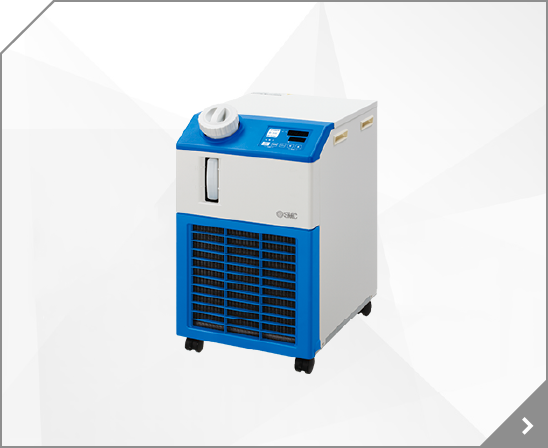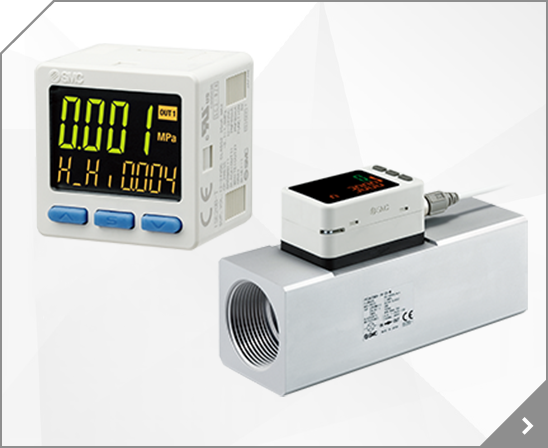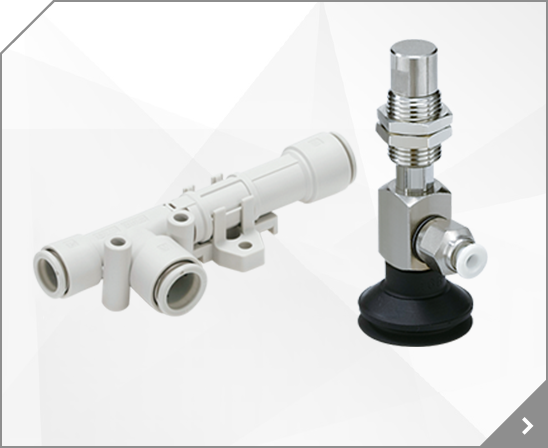
Design goals include eliminating copper (Cu) and zinc (Zn) materials where possible, and employing a low dew point grease that retains lubricity even in low manufacturing temperatures. Please note that copper and zinc materials are used for the motors, cables, controllers and drivers.
These variations eliminate copper (Cu) and zinc (Zn) material where possible, making them compatible with secondary battery manufacturing for electronics, automotive, and other vehicle type.
These variations eliminate copper (Cu) and zinc (Zn) material where possible, making them compatible with secondary battery manufacturing for electronics, automotive, and other vehicle type.
These variations eliminate copper (Cu) and zinc (Zn) material where possible, making them compatible with secondary battery manufacturing for electronics, automotive, and other vehicle type.
These variations eliminate copper (Cu) and zinc (Zn) material where possible, making them compatible with secondary battery manufacturing for electronics, automotive, and other vehicle type. Plug-in connector connecting base; Side or bottom ported; Available with external pilot; One-touch fittings; Material restriction: Copper and Zinc Free
These variations eliminate copper (Cu) and zinc (Zn) material where possible, making them compatible with secondary battery manufacturing for electronics, automotive, and other vehicle type. Plug-in connector connecting base; Top ported; Options include external pilot, built-in silencer; Available with longer than standard DIN rail; Material restriction: Copper and Zinc Free
These variations eliminate copper (Cu) and zinc (Zn) material where possible, making them compatible with secondary battery manufacturing for electronics, automotive, and other vehicle type. Plug-in connector connecting base; Side or bottom ported; Available with external pilot; Lead Wire Kit; One-touch fittings; Material restriction: Copper and Zinc Free
These variations eliminate copper (Cu) and zinc (Zn) material where possible, making them compatible with secondary battery manufacturing for electronics, automotive, and other vehicle type. Plug-in connector connecting base; Top ported; Available with external pilot; Lead Wire Kit; One-touch fittings; Material restriction: Copper and Zinc Free
These variations eliminate copper (Cu) and zinc (Zn) material where possible, making them compatible with secondary battery manufacturing for electronics, automotive, and other vehicle type. Plug-in connector connecting base; Side and bottom ported; Available with external pilot; Terminal Block box; One-touch fittings; Material restriction: Copper and Zinc Free
These variations eliminate copper (Cu) and zinc (Zn) material where possible, making them compatible with secondary battery manufacturing for electronics, automotive, and other vehicle type. Plug-in connector connecting base; Top ported; Available with external pilot; Terminal block box; One-touch fittings; Material restriction: Copper and Zinc Free
These variations eliminate copper (Cu) and zinc (Zn) material where possible, making them compatible with secondary battery manufacturing for electronics, automotive, and other vehicle type. Plug-in connector connecting base; Side or bottom ported ; Available with external pilot; One-touch fittings; Material restriction: Copper and Zinc Free
These variations eliminate copper (Cu) and zinc (Zn) material where possible, making them compatible with secondary battery manufacturing for electronics, automotive, and other vehicle type. Plug-in connector connecting base; Top ported; Available with external pilot; One-touch fittings; Material restriction: Copper and Zinc Free
The variations eliminate copper (Cu) and zinc (Zn) material where possible, making them compatible with secondary battery manufacturing for electronics, automotive, and other vehicle types.
The variaitons eliminate copper (Cu) and zinc (Zn) material where possible, making them compatible with secondary battery manufacturing for electronics, automotive, and other vehicle types.
The variaitons eliminate copper (Cu) and zinc (Zn) material where possible, making them compatible with secondary battery manufacturing for electronics, automotive, and other vehicle types.
The variaitons eliminate copper (Cu) and zinc (Zn) material where possible, making them compatible with secondary battery manufacturing for electronics, automotive, and other vehicle types.
The variaitons eliminate copper (Cu) and zinc (Zn) material where possible, making them compatible with secondary battery manufacturing for electronics, automotive, and other vehicle types.
The variaitons eliminate copper (Cu) and zinc (Zn) material where possible, making them compatible with secondary battery manufacturing for electronics, automotive, and other vehicle types.
These variations eliminate copper (Cu) and zinc (Zn) materials where possible, making them compatible with secondary battery manufacturing for electronics, automotive, and other vehicle types.
These variations eliminate copper (Cu) and zinc (Zn) materials where possible, making them compatible with secondary battery manufacturing for electronics, automotive, and other vehicle types.
